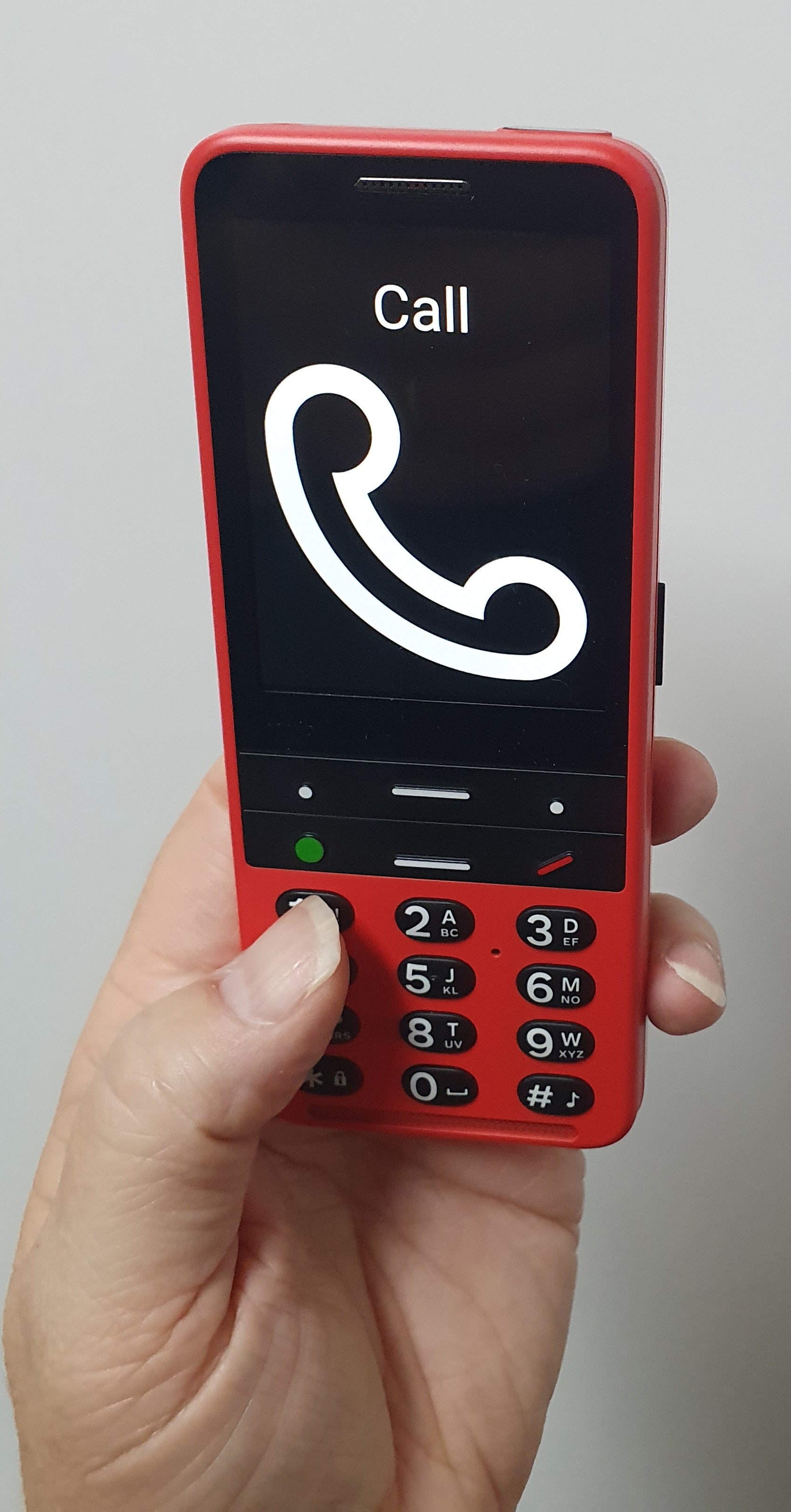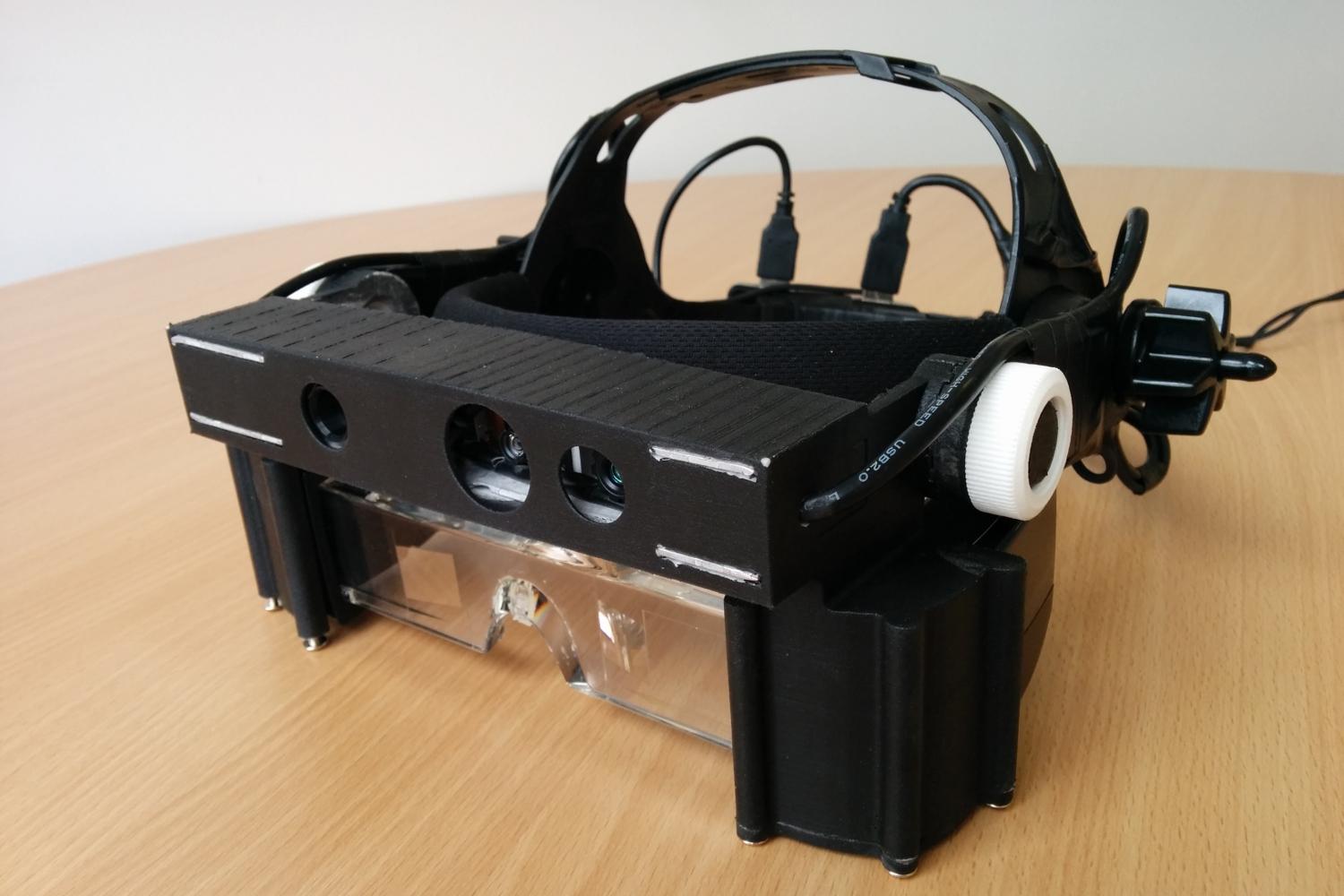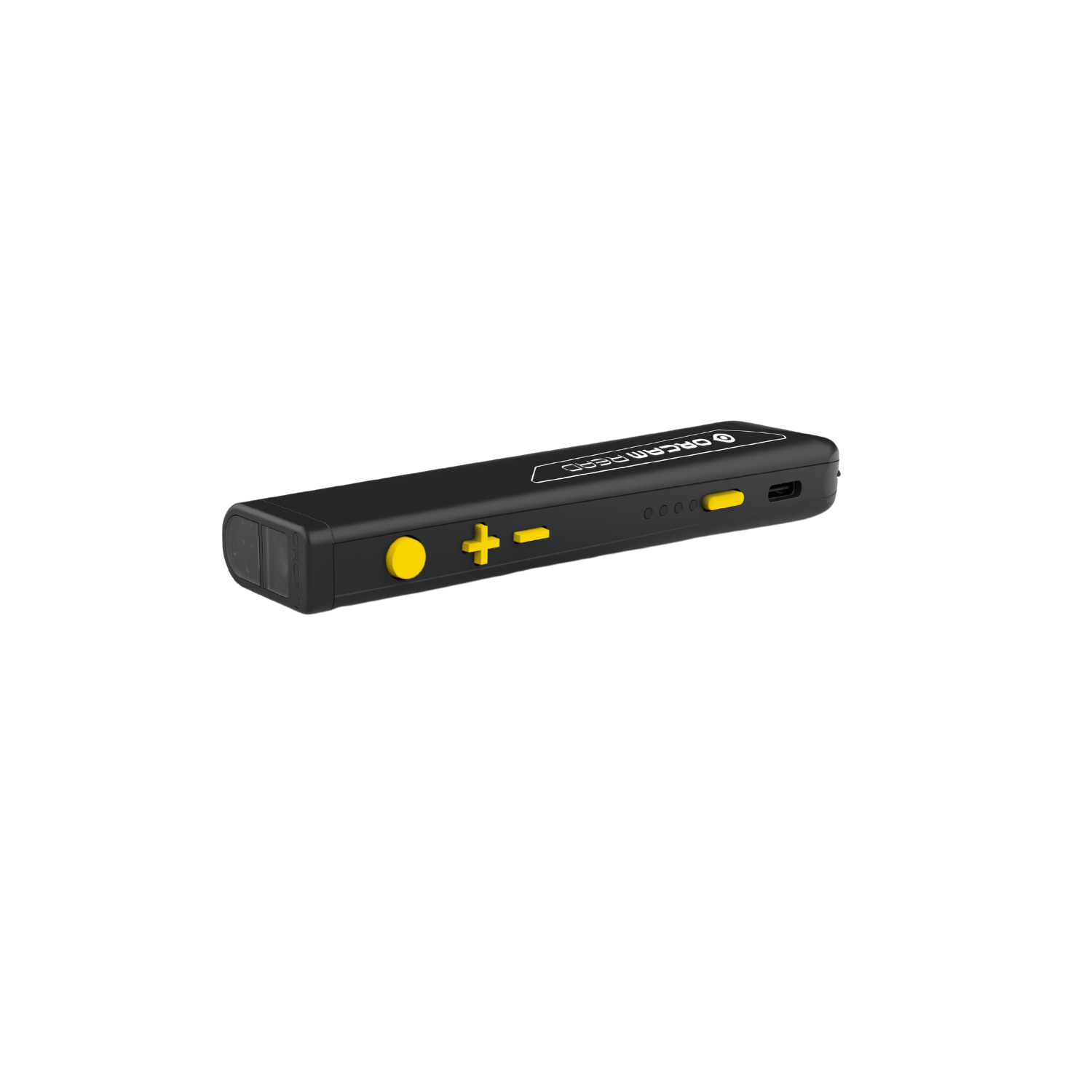Explore Advanced Glasses for the Visually Impaired and Their Benefits
Explore Advanced Glasses for the Visually Impaired and Their Benefits
Blog Article
Discover Innovative Devices Developed for the Aesthetically Damaged
The development of innovative devices for the visually impaired stands for a considerable improvement in availability and self-reliance. Technologies such as smart glasses with AI capabilities and mobile applications designed to supply acoustic summaries are reshaping everyday experiences for customers.
Smart Glasses for Navigation

Smart glasses created for navigating are revolutionizing the means visually damaged individuals connect with their environment. These sophisticated devices utilize a mix of cam innovation, synthetic knowledge, and acoustic responses to provide real-time info about surroundings. By utilizing barrier discovery systems, wise glasses can signal customers to prospective risks, allowing safer flexibility in both familiar and unknown setups.
The combination of GPS technology better boosts navigation abilities, allowing customers to receive auditory instructions as they move. This hands-free method not only fosters self-reliance yet also empowers visually impaired individuals to browse city landscapes with enhanced confidence. Additionally, many wise glasses are furnished with features that determine landmarks and street indicators, offering contextual info that improves the user experience.
Additionally, the advancement of these gadgets is continually progressing, with business working to improve the precision of item acknowledgment and increase the variety of navigational features. As smart glasses become much more inexpensive and available, they hold the prospective to significantly transform life for aesthetically damaged individuals. Eventually, these ingenious tools stand for an important step towards inclusivity, offering improved mobility and a better feeling of autonomy for people browsing the world around them.

Mobile Apps for Daily Living
How can mobile applications enhance the every day lives of aesthetically damaged individuals? Mobile apps are transforming the method aesthetically damaged individuals navigate their environments, manage day-to-day tasks, and access info. These applications supply necessary support via various functionalities, fostering freedom and enhancing high quality of life.
Several ingenious mobile applications are made specifically for daily living. Applications like Be My Eyes connect visually damaged users with sighted volunteers using video clip telephone calls, allowing them to receive real-time aid with tasks such as checking out labels or navigating strange rooms. Similarly, Seeing AI, developed by Microsoft, utilizes fabricated knowledge to describe environments, read message, and identify objects, properly transforming a mobile phone right into a powerful device for everyday help.
In addition, navigating applications customized for the visually damaged, such as Aira and BlindSquare, provide audio-based instructions and ecological details, enabling individuals to traverse their surroundings safely and with confidence. Past navigation and immediate aid, mobile applications additionally sustain organization and task administration, with functions that help customers set tips, develop order of business, and track visits. In recap, mobile applications function as indispensable resources, encouraging visually impaired individuals to lead even more independent and meeting lives.
Wearable Technologies for Assistance
Empowerment via technology is progressively evident in the world of wearable devices designed to aid aesthetically damaged individuals. These ingenious tools integrate perfectly right into every day life, enhancing use this link navigating and offering necessary comments view publisher site to customers. Smart glasses outfitted with video cameras can acknowledge faces and read text aloud, permitting individuals to communicate even more confidently in social and expert settings.
Another noteworthy development is making use of haptic feedback systems in wearable devices. These systems make use of resonances or various other tactile signals to convey info regarding the individual's atmosphere, such as barriers or adjustments in terrain, improving movement and safety. Wearable innovations also consist of wristbands that link to mobile phones, notifying customers to notifications through refined vibrations, hence enhancing connection without dependence on aesthetic hints.
As these technologies continue to advance, they are not just boosting freedom for aesthetically damaged individuals yet also cultivating a higher sense of inclusion in society. By bridging the gap in between obstacles encountered in day-to-day living and the potential for autonomy, wearable technologies work as critical devices in the pursuit for equality and empowerment for those with aesthetic impairments.
Audio Summary Tools
Audio summary tools play a crucial function in enhancing accessibility for visually impaired people, providing them with the capability to engage with aesthetic media. Assistive technology for the blind. These devices use narrated descriptions of key visual aspects in films, television programs, and live performances, ensuring that individuals can fully understand the context and emotions shared through visuals
Sound description can be incorporated right into various systems, consisting of streaming services, movie theater testings, and live movie theater. Many preferred streaming solutions now consist of audio summary as an accessibility function, allowing viewers to select it conveniently. Along with traditional media, specialized apps also exist, offering audio descriptions for art exhibits, galleries, and various other social events.
The performance of audio summary rests on the ability of the narrators, who have to communicate aesthetic information succinctly without diminishing the initial find more info sound. Advancements in this field are also leading the way for more tailored experiences, where customers can change the level of information and pacing according to their choices.
Braille Innovations and Gadgets
Braille developments and tools have actually substantially transformed the means aesthetically damaged individuals connect with message and information. Modern advancements have actually led to the development of versatile devices that enhance proficiency and independence amongst customers.
In addition, mobile Braille notetakers incorporate traditional Braille input with contemporary functionalities, assisting in note-taking, scheduling, and file editing and enhancing on the go. Smart glasses for the visually impaired. These compact tools usually feature text-to-speech abilities, linking the void between Braille and auditory information
Additionally, innovative Braille printers have emerged, permitting customers to create Braille tags, papers, and educational materials effectively. This ease of access cultivates higher participation in specialist and instructional settings, eventually advertising inclusivity.
In addition, research study right into clever Braille technologies remains to increase. Devices that incorporate man-made intelligence are being checked out to offer real-time navigation assistance and contextual details, improving the customer experience in diverse settings. Generally, these developments reflect a dedication to equipping aesthetically damaged people via technology, guaranteeing they can conveniently accessibility and engage with the world around them.

Conclusion
The innovation of cutting-edge tools for the visually damaged significantly boosts self-reliance and high quality of life. These modern technologies not only foster greater addition yet additionally advertise autonomy in everyday tasks, ultimately adding to an extra easily accessible and fair society for visually damaged people.
As smart glasses come to be extra obtainable and inexpensive, they hold the possible to substantially transform daily life for aesthetically impaired individuals. Mobile apps are reinventing the way visually damaged users browse their environments, handle daily jobs, and gain access to details. Apps like Be My Eyes connect visually impaired individuals with sighted volunteers by means of video clip telephone calls, enabling them to obtain real-time assistance with tasks such as reviewing labels or navigating unfamiliar rooms.Additionally, navigating apps customized for the visually damaged, such as Aira and BlindSquare, offer audio-based directions and environmental info, enabling users to traverse their environments securely and confidently.The advancement of innovative tools for the aesthetically impaired dramatically improves self-reliance and high quality of life.
Report this page